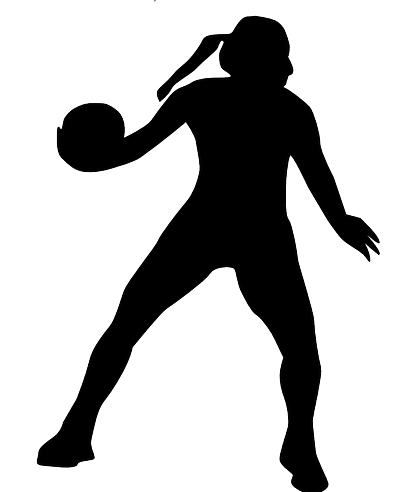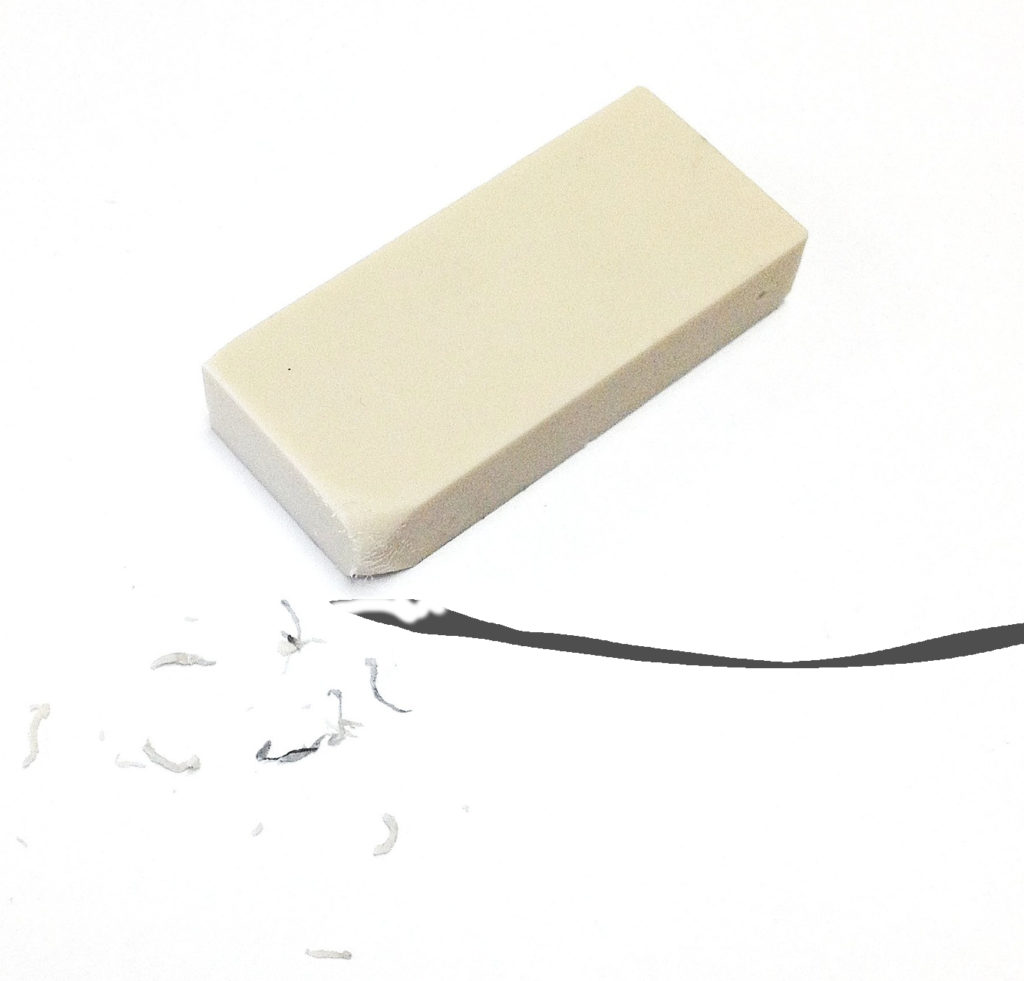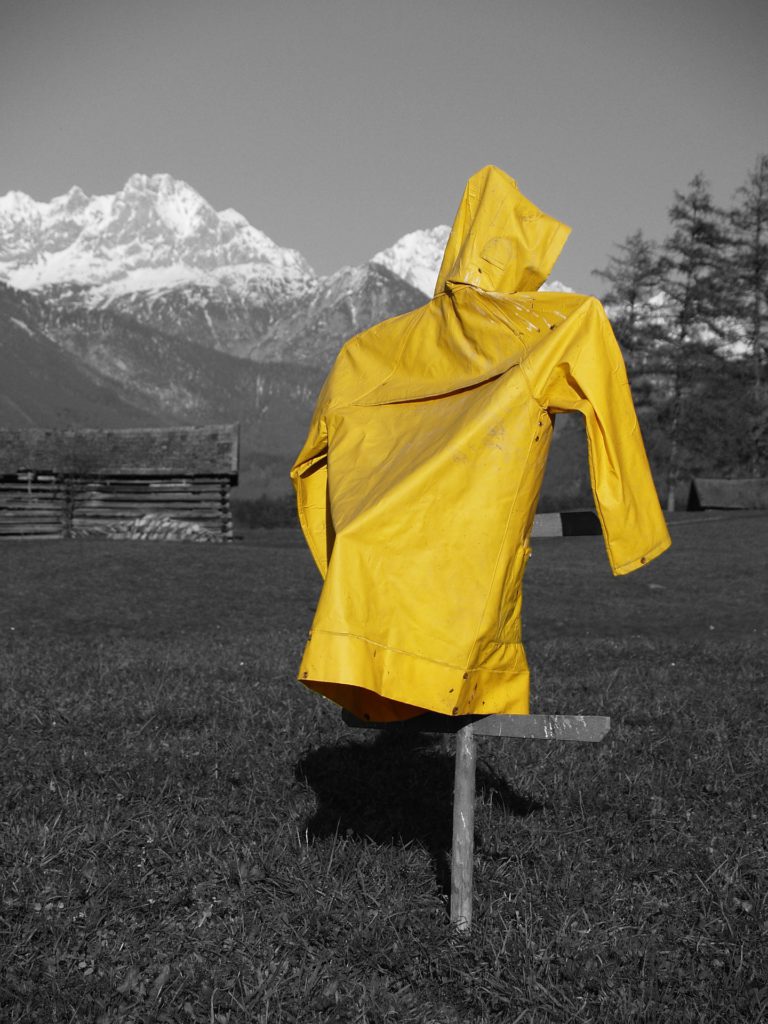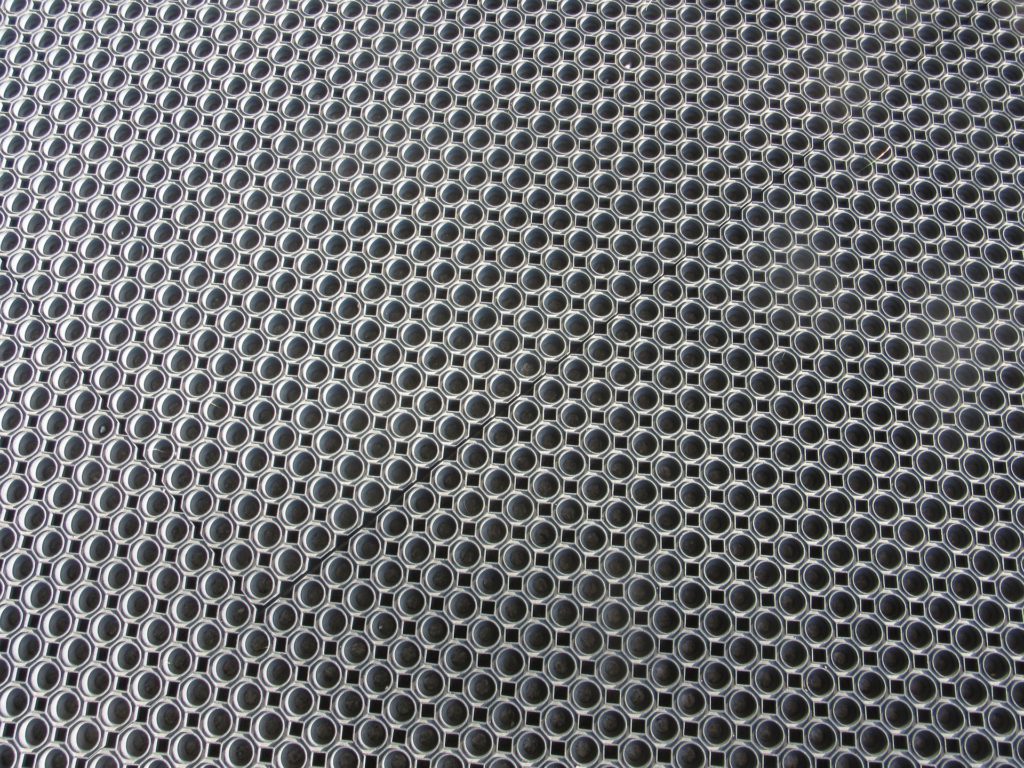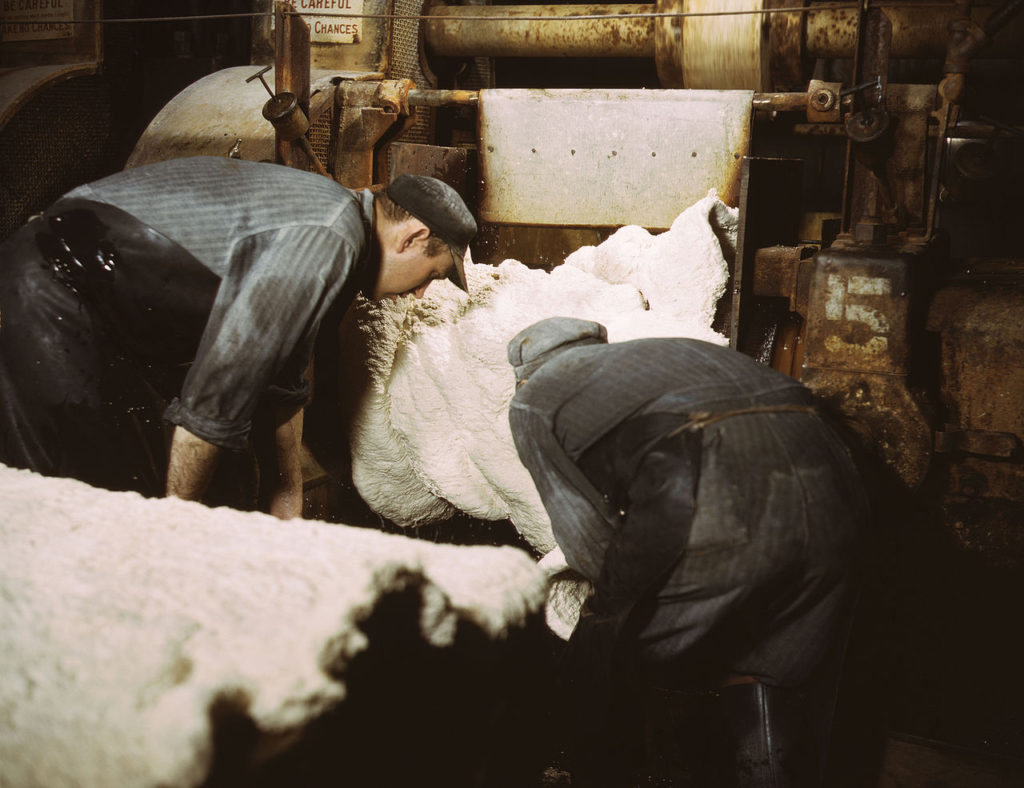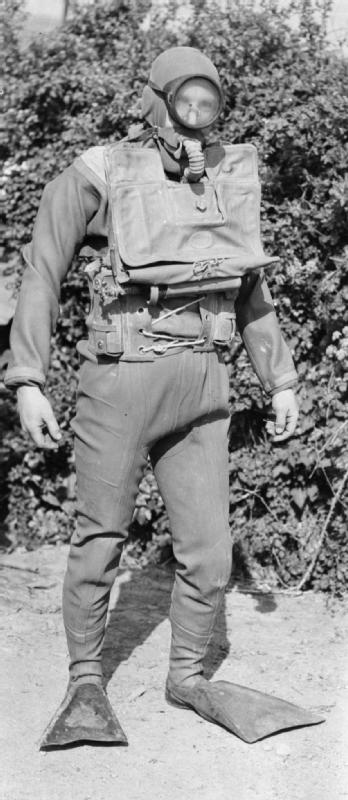Natural Rubber Supply Chain
Given the criticality of this material for the tyre and rubber industry, natural rubber is an incredibly important raw material for the European tyre and rubber industry and is a key enabler for several industries – especially automotive.
The tyre industry alone absorbs about 76% of all the natural rubber produced globally. Today, there is no substitute for natural rubber from hevea trees that could be used in all its current applications.
- Natural rubber is hard to substitute, and it is the only forest-based raw material considered as a critical raw material (CRM) by the EU.
- The EU industry is 100% import dependent for this commodity. Imports into the European Union originate primarily from Indonesia, Thailand, Côte d’Ivoire and Malaysia, representing some 85% of the total EU imports.
- Up to 30 million people are fully or partially dependent on rubber cultivation for their basic source of livelihood. This is often represented in the form of small-hold and micro farming.
- Having a sustainable supply chain is key for the industry, as this translates into resilience, sustainability, reliability and stability in a very competitive market. It is therefore our priority to advance sustainable solutions that have a positive impact for people and nature. In this context, the tyre industry has invested in and is seriously committed to the Global Platform for Sustainable Natural Rubber (GPSNR) to respond to such needs.
Source: www.sustainablenaturalrubber.org
Natural rubber and its supply chain:
Facts and specificities
Natural rubber is derived from Hevea brasiliensis, a type of rubber tree grown primarily in the tropical regions of West Africa, South America and Southeast Asia.
Natural rubber is a key raw material in tyres and many other products: 73% of the world’s natural rubber consumption is used in tyre production, representing between 20 and 40% of the weight of a tyre (depending on the segment).
Its properties are particularly important for the strength of the tyre : e.g. for supporting the vehicle load and for tyre resistance.
synthetic polymers
textile
antioxidants, antiozonants, curing systems
2020 CONSUMPTION OF NATURAL RUBBER
The biggest consumer of natural rubber is China, followed by EU, India, US, Thailand and Japan, each using between 5 and 8% of the global production. Despite the general contraction of use of natural rubber consumption in 2020, that of China and Thailand kept growing, despite the pandemic and its effects on the global economy.
WHILE IN MATURE MARKETS LIKE EU, US AND JAPAN WE REGISTERED A DOUBLE DIGITS CONTRACTION IN NATURAL RUBBER CONSUMPTION DURIng THE PANDEMIC, IN THE REMAINING COUNTRIES, THIS WAS LESS FELT.
HOW DOES THE NATURAL RUBBER SUPPLY CHAIN WORK?
- The natural rubber supply chain is complex and fragmented, consisting of layers of smallholder farmers, raw material dealers (several layers), processing plants, eventually traders and rubber product manufacturers.
- The process is dynamic: rubber latex harvesting is done every day, and every day a smallholder decides, according to the variability of prices, to which dealer or processor to sell its production.
- After collection, the latex is refined and converted into a raw natural rubber product. This is done by a high number of processors at local, regional, national and international levels before arriving to the tyre and rubber goods manufacturers.
- Same rubber has different routes: often, the same farmers and the same plots of land produce natural rubber for several rubber factories. Furthermore, rubber from various plots is mixed at a processing factory level, and the output is sold to several tyre and rubber goods manufacturers.
- In other words, natural rubber plots are likely to be the same for most of the tyre and rubber manufacturers and they represent a pool of about 6 million smallholders that sell their production to about 100.000 dealers who then proceed to sell it to about 500 factories. These factories then sell rubber to goods manufacturers.
- Natural rubber’s processor supply base zones are extensive. 80% of the raw material comes from a radius of 150-200 km of the processor location, 15 % comes from 200-500 km, and 5% comes from > 500 km. (For comparison: wood pulp and wood is no more than 100 km, and palm oil is no more than 50/75 km as fruits need to be processed within 24 hours of harvesting).
- Natural Rubber can be stored for a long time, resulting in partial and temporary stocks created at any aggregation point along the supply chain. “First-in first-out’’ principle is therefore not the norm. This also explains why natural rubber can travel long distances.
European Innovation Partnership on Raw Materials
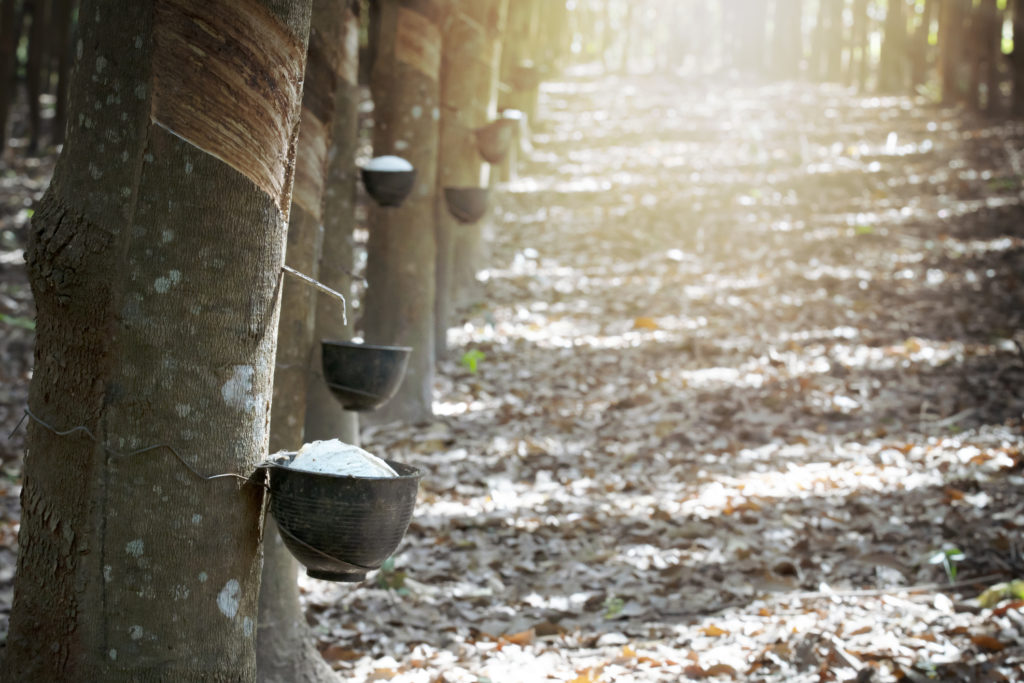
In 2008, ETRMA committed to work on three areas related to natural rubber (NR) under the framework of the European Innovation Partnership on Raw Materials:
- To ensure fair and sustainable access to natural rubber,
- To diversify natural rubber supply in geographical terms – to reduce dependency from South East Asia
- To diversify natural rubber supply in sourcing terms – expanding research into alternative sources, such as the taraxacum and guayule.
- Natural Rubber is recognised as a Critical Raw Material by the EU, acquiring a priority status in EU policies – from trade to research;
- More than 20% of natural rubber used in the EU is now sourced from Africa;
- Research projects on dandelion and guayule in Europe are now ready to be scaled to production volumes to supply users of rubber in both the tyre and the non-tyre rubber industries;
- Initiatives on natural rubber sustainability have been launched: ETRMA is a member of the Tire Industry Project’s Global Platform for Sustainable Natural Rubber (GPSNR), the most important is under the auspices of the World Business Council on Sustainable Development (WBCSD).
Despite this demonstrable progress, the situation regarding the sustainable sourcing of natural rubber remains challenging.
ETRMA, together with EU and international institutions, will continue this path of diversification. Matching this natural rubber agenda with the environmental agenda of the EU will continue to be a priority. This includes a focus on low carbon strategies, as on the carbon sequestration potential of rubber trees, or on the possibilities regarding the circular economy around natural rubber.
